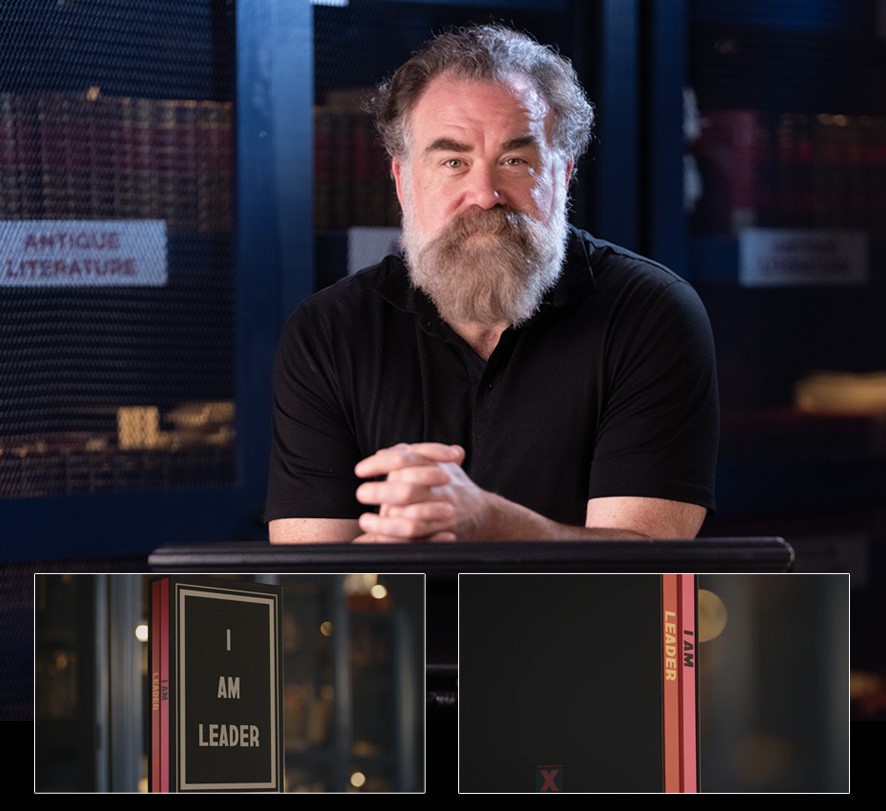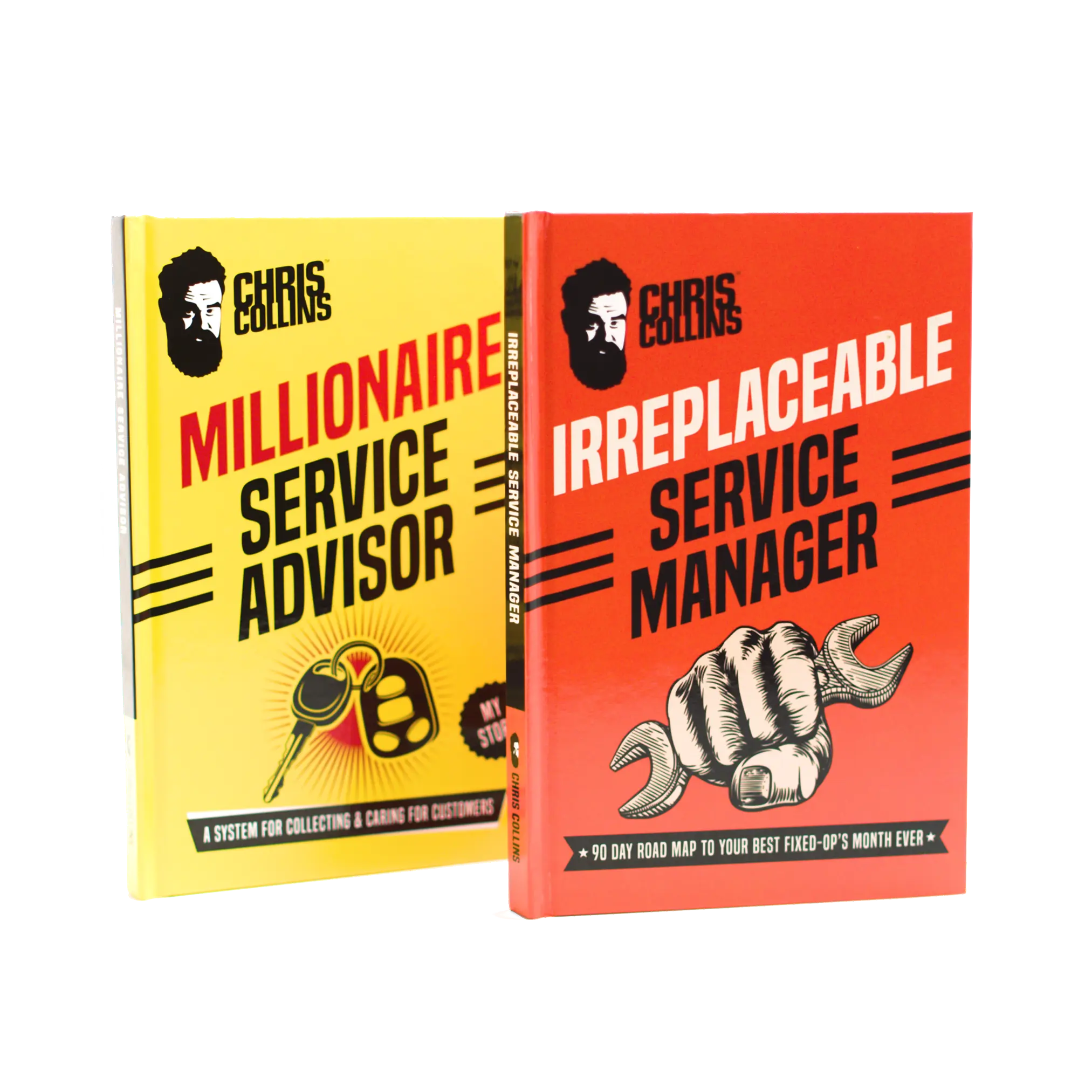People perceive that I’m against tablets and video inspections. And that’s just not the case.
More manufacturers are turning to these technologies and that’s just the way of the world, but there’s an important lesson here regardless.
Let’s say you’re living in Alaska and you’re running low on food, and you’re getting snowed in. All you have left to eat are crackers and peanuts. Imagine someone says “hey, should we pull out the fine China?” What would you say to that?
Why would you eat crackers on fine China?
Most of the time we have ineffective managers who don’t have strong processes and they’re not running fully-optimized, profitable departments.
Going off the analogy, most service department aren’t eating fancy steak dinners, so there’s no need to break out the fine China. It’s easy to hear about a flashy new technology and assume that it’ll be able to solve our problems. But the reality of the situation is that tablets and video inspection aren’t a miracle cure.

My Introduction To These New Technologies
I remember one time, when I was back with Crevier BMW, going to the annual LA Auto Show. And I’m sitting in the little BMW section with the other Dealers and GMs. Back then everyone was talking about video MPI, and they had a deal with BMW and the field reps were trying to get more dealerships to sign on for their $5000/month plan.
As the #1 dealership, the reps were trying really hard to get us on board. And so I asked around to the other dealers at the table that had already been using the product. “How much more are you making in profit?” None of them had an answer for me. I asked multiple different dealers the same question, and nobody could answer.
I’m not against anything that makes you better. But I want to know whether it’s actually a proven process to get more food on the table. And bringing out the fine china doesn’t necessarily make your meal better.
Tablets And Video Drives: The Benefits
If you can’t execute with paper, you can’t execute with digital.
That’s my stance on using tablets and video inspections in the drive. A lot of people think that we’re fully against these newer technologies, but that’s not true. If you’re considering adopting video inspection and tablets, I want to challenge you to think deeper. What are you really chasing after?
Here are a few benefits to using tablets and video inspection in the drive:
- COMFORT – Tablet technology feels comfortable to the consumer. When they’re handed a tablet, it reminds them of home in a way, and they respond to the ease of use.
- APPEARANCES – Going paperless and relying solely on tablets offers a sleeker, elevated experience, and it’s no wonder luxury brands have flocked to the technology.
- PROCESS – These technologies force you into using a consistent process through tattletale reports and tracking. The margin for error starts to narrow almost immediately.
But I think if you’re considering implementing these technologies, ask yourself the aforementioned question. What are you really chasing after?
A winning and consistent process.

Tablets And Video Drives: It’s All About Process
Process is what makes these technologies successful. They force you to do every inspection, write-up, and repair in a rigidly structured way day in and day out. And that consistency is what drives profit more than anything else. Back to the fine china metaphor…if I cook you a high-grade Kobe steak, do you care if it’s served to you on a paper plate or an ornate dish?
Nope. It’s about the meal, not the serving plate. The focus should be on doing things right on paper before we consider going digital.
And introducing video inspections adds another layer of complexity. Technicians aren’t used to being on video, and that’s going to be a hurdle right away. Plus, you’ll need to train your technicians on what to say in each presentation and how to use the software. My advice is to ask your technicians what they prefer. I have a feeling they’d agree with me, but you’ll get some useful information regardless.










